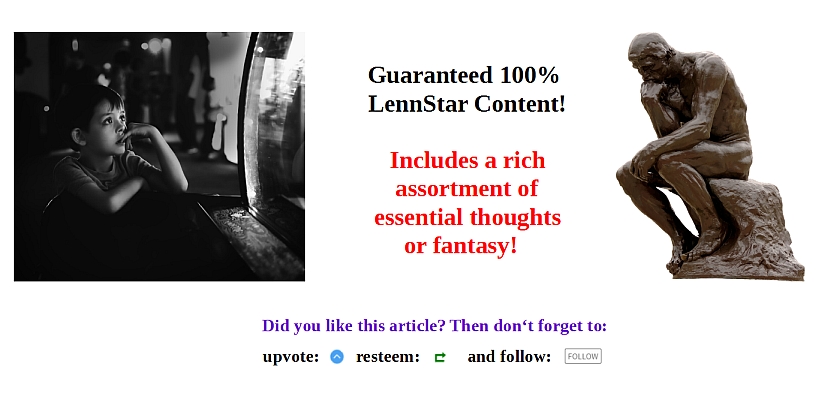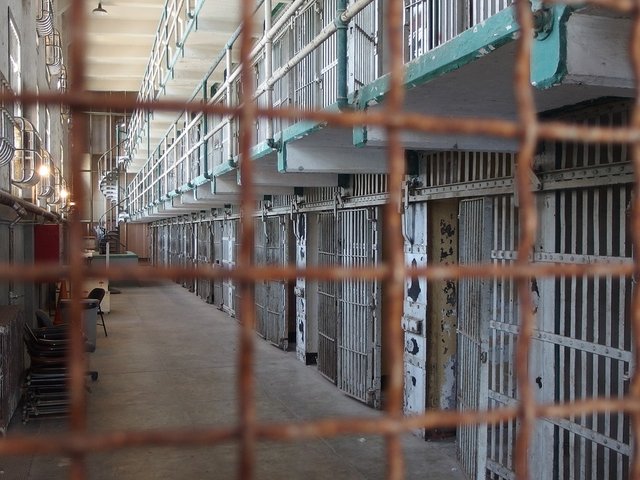Work researchers surprised by their findings, workers not
Even today there is a certain brand of management that thinks that people should only concentrate on their work, think of nothing else, and see nothing else.
While this may be possible for some long-trained buddhist monks, most people have a few problems with that approach.
First is, of course, that it doesn’t work. People always think. Even when they think that they don’t think. The mind wanders. Only in rare circumstances that does not happen, and then people call it “flow”, where you lose time and yourself in what you are doing.
Surprisingly – for aforementioned managers – that doesn’t happen in the sterile cubicles they like to place their workers in. Quite contrary.
So why is that the case?
Researchers tried to find out why and tested 4 different office “layouts”.
The first was the “lean office” layout so loved by some managers that they even forbid a picture of your beloved man/woman/dog/Ferrari in it.
The 5S system of management — Sort, Straighten, Shine, Standardize and Sustain
People found that place oppressing and unable to relax in. (The paramount of this S5 design is the prison cell, so you could have guessed it in advance.)
The second tested office layout was “enriched” by big pictures and even – gasp – real plants. People not only felt better in this environment, they also finished more work. Maybe because humanity did not evolve in a prison cell.
The next two tested offices didn’t change the interior, but instead measured how the treatment of people changed their work results.
In the “empowered” office people could decide themselves where the items used in the “enriched” office were placed (or not used at all). Theoretically they could have build a S5 office, but they did not. Surprise?
For the last environment the researchers got really, really mean. They also told the participants to design their own room, but then changed it back to the enriched environment.
The scientists called this the disempowered office, though that may be too mild a term. “I wanted to hit you,” one participant told the experimenter after the trial had been explained.
You may already know where this leads to: The “disempowered” office, which told the workers “we don’t respect you” in no uncertain terms, was the worst for Happiness and production.
The empowered office was a great success — people got 30 percent more done there than in the lean office, and about 15 percent more than in the enriched office.
Of course, those were short-time tests, and it is unlikely that 30% more work is constant (at least for every type of work), but even 10% would make a huge difference over time, no to mention the human aspect. Also workers tend to like and dislike their company based on such experiences and “Don’t work there!!” is not the best PR for a company.
Finally, while it is nice to have researched it, it would have probably sufficed to think a few minutes about a single connection: Happiness with work and the result of that work.
The happier people are with their work, they more gets done – and it gets done better, too. And what makes us happy at work, or in other words, what motivates us?
Autonomy, Mastery, Purpose.
If that interest you, I have written about the holy trinity of creative work before.




Let's not forget the open office - with all the employees supervised by the boss in the glass cubicle - I hated this one!
Ah, you mean the panopticon?
great informative post